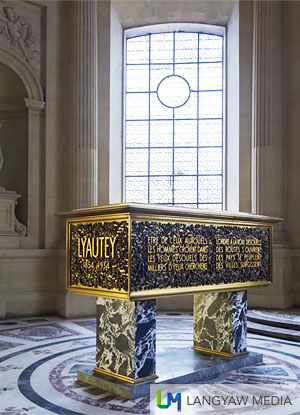
It wasn’t really in my itinerary but I decided to just take a walk around Paris from my hotel. With a map, I just followed the road. I didn’t intent to go back to the Eiffel Tower as I’ve been passing it en route to the Photoquai exhibit. It was more of an unintentional exploration, to be surprised. After stumbling at and exploring the UNESCO headquarters, I walked to the Les Invalides which, a few days before, piqued my interest when I passed by it. Of course, when at this place, I went around, visiting the Musée de l’Armée and it was after the museum visit that I arrived at the Domes.
Yeah, the Dome. That beautiful architecture said to be inspired by the one at the Vatican. It is richly painted by de la Fosse. Directly under it, at a lower level that is accessed by a flight of stairs to the crypt, lies the sarcophagus of Napoleon, made of red quartzite on a pedestal of green granite, contrasting with the white marble and 12 angels, representing the Victories, at each column. But it took 20 years for the renovations to finish. When Napoleon died in 1821, he was initially interred in Saint Helena, a remote island and a British territory where he was exiled. In 1840, his remains were returned to France, temporarily interred at the Chapelle Saint-Jérôme until his sarcophagus was finished in 1861.
I roamed around, admiring the monumentality of the space. I explored the other chambers where there are other notable French military and some of Napoleon’s family are interred too. Some are buried in vaults with only their hearts. But all these can be overwhelming: the architecture, the information, the whole experience. And that is just at one part of a series of buildings, a complex. And sometimes, it’s just better to take stock of everything and pause. I stop for a moment to lean at the edge of the central circle. Gazed up, admiring again the underbelly of the dome then slowly lowered my gaze, tracing the columns, resting my eyes on the ornate baldachin, down the steps, to the opposite side of the circle and finally looked down and laid my eyes on Napoleon’s sarcophagus. Wow.



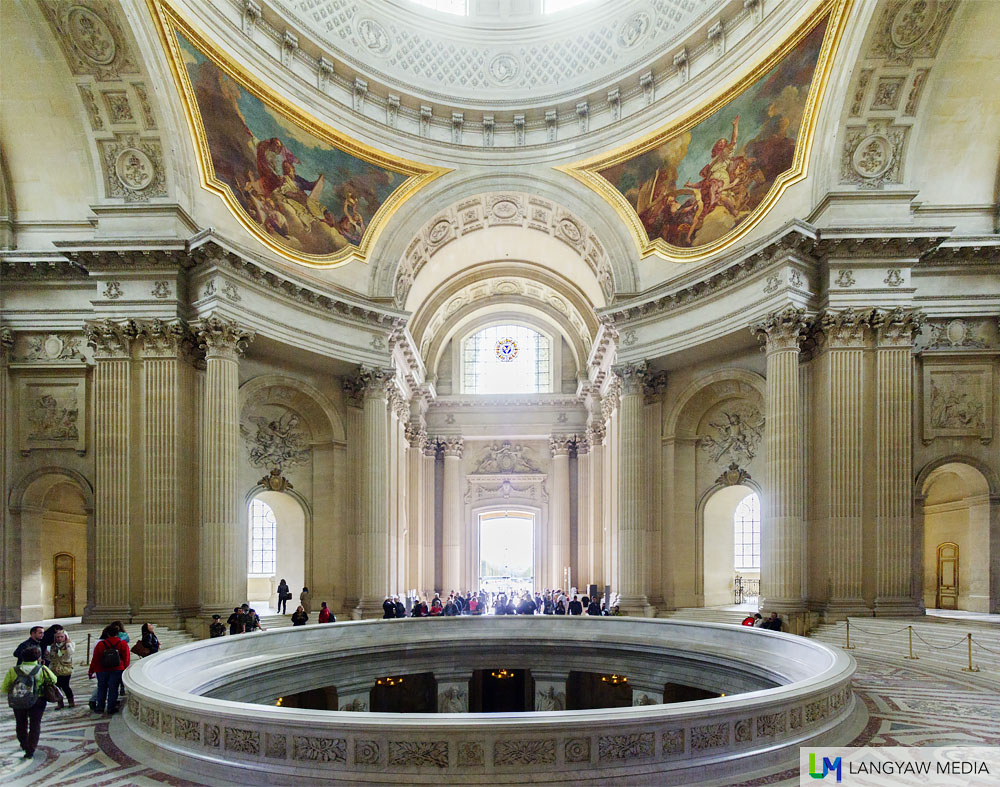


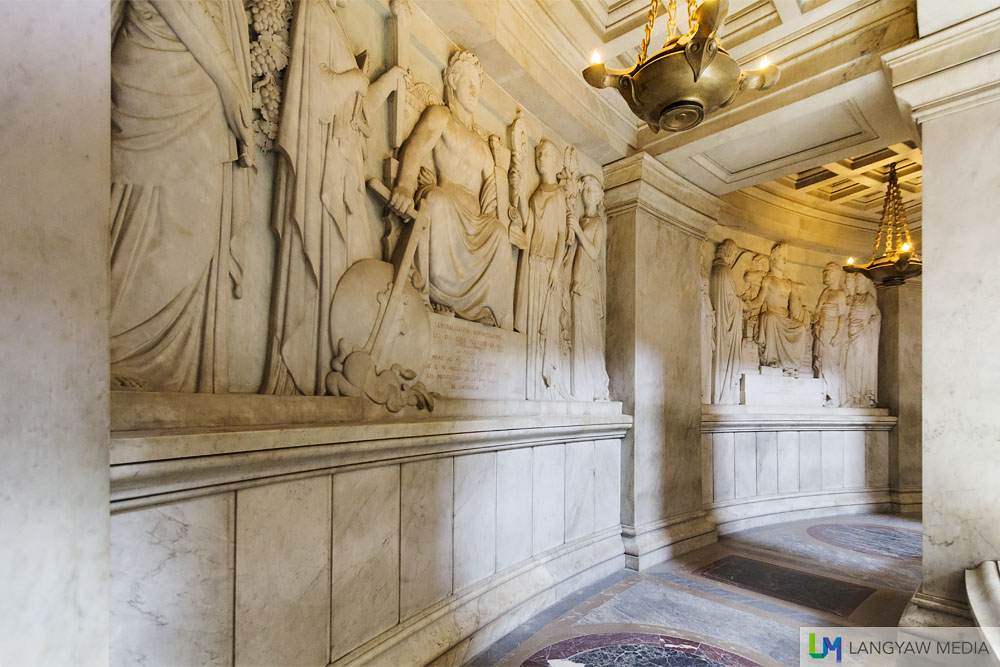
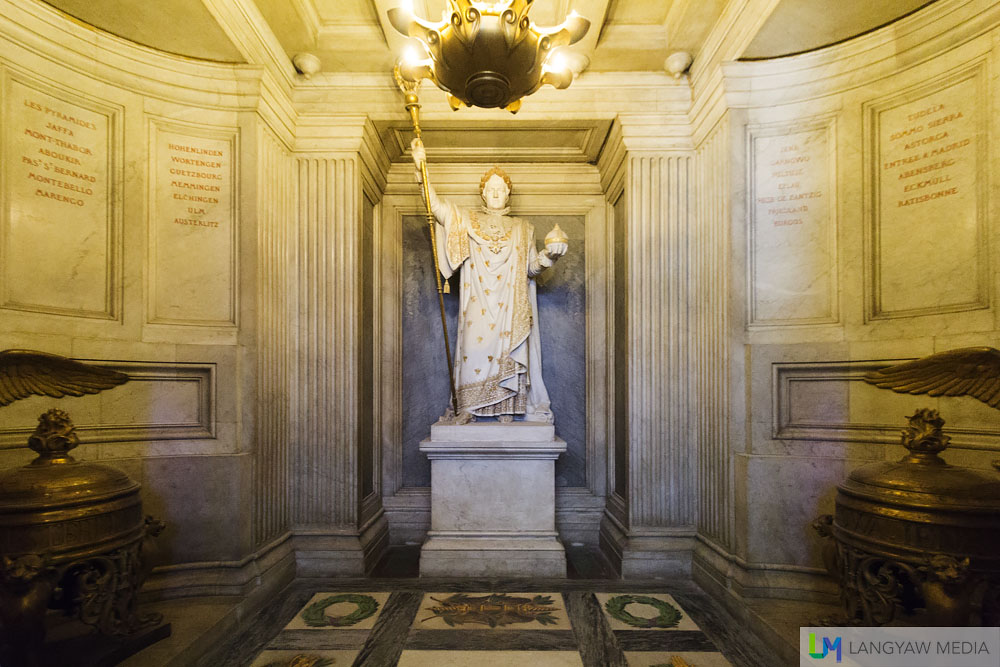
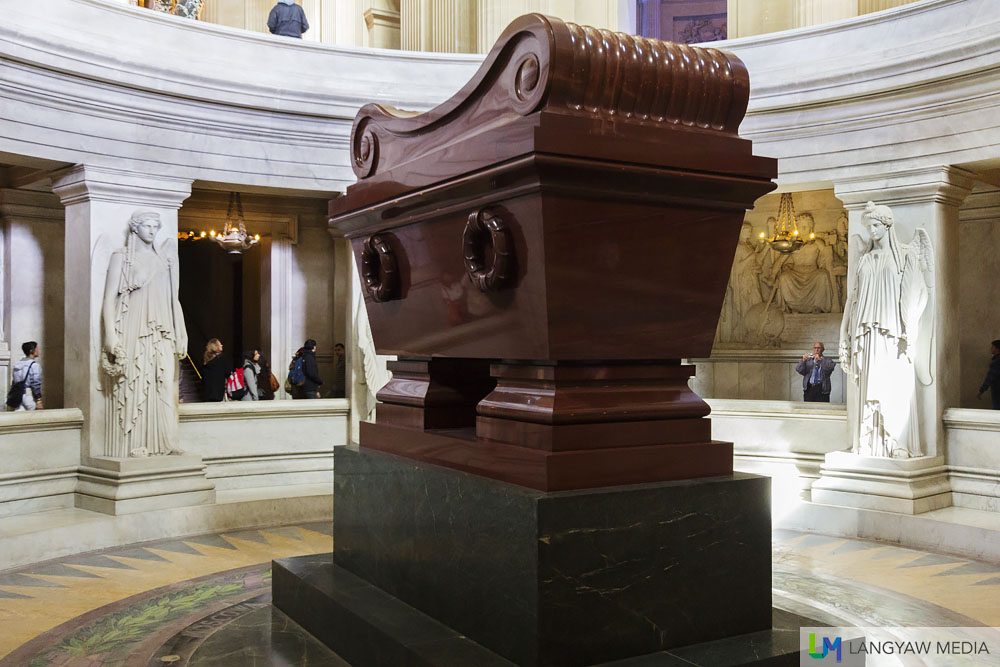
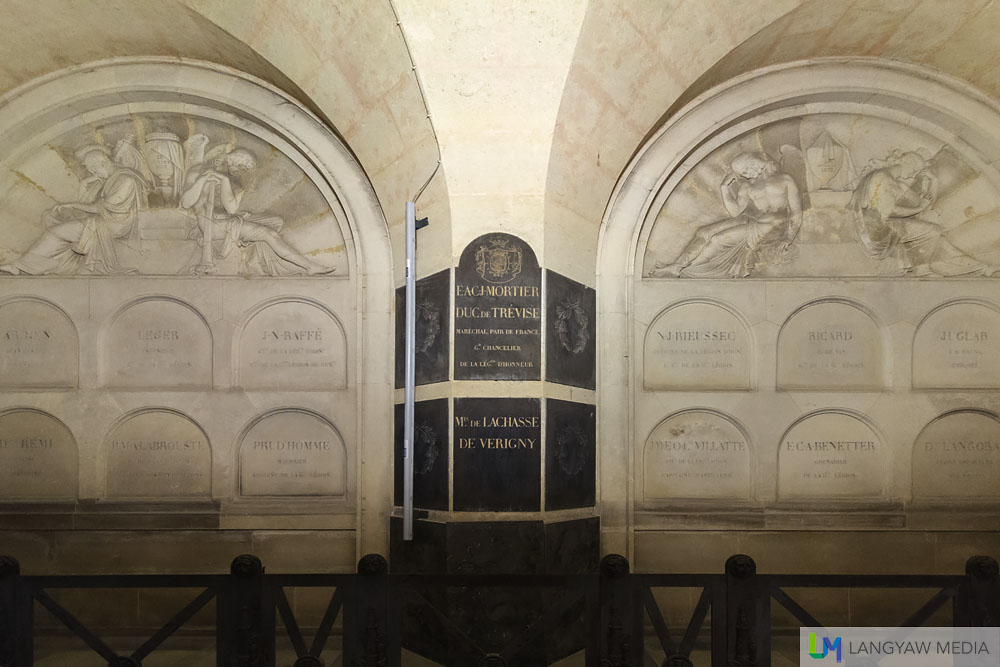
Dôme des Invalides
Musée de l’Armée
129 Rue de Grenelle
75007 Paris, France
http://www.musee-armee.fr/
At the Domes des Invalides visiting #napoleonbonaparte’s #sarcophagus #paris #france
https://t.co/buEvfDpM1X https://t.co/2GrCpYsGGI
At the Domes des Invalides visiting #napoleonbonaparte’s #sarcophagus #paris #france
https://t.co/exZydI0dEo https://t.co/qrEG7uPNAL